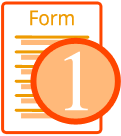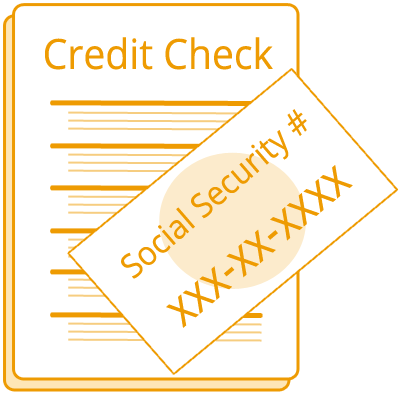March 19, 2012 (Jeff Alan)
A record amount of purchases by investors and cash buyers helped push monthly sales of new and existing homes in the Bay Area higher in February according to real estate information provider DataQuick.
A total of 5,702 new and resale homes were sold in February in the nine county Bay Area, which includes Alameda, Contra Costa, Marin, Napa, Santa Clara, San Francisco, San Mateo, Solano and Sonoma Counties. That was 4.1 percent higher than the 5,479 home sales in January and 14.2 percent higher than the 4,991 sales posted in February of 2011. Year-over-year home sales have improved for eight consecutive months.
Home sales typically increase from January to February in the Bay area with last month’s sales still 9.0 percent below the historical average of 6,268 sales despite the help of an extra day of sales due to the leap year. February’s sales tally was still the highest for that month since 2007.
Cash buyers accounted for a record 32.0 percent of the homes sold for the month, up from a revised 29.9 percent in January, paying a median price of $247,000 for their purchases. The previous record for cash purchases was 30.5 percent, reached in February of 2011.
Absentee buyers, usually investors and vacation home buyers, accounted for a record 26.0 percent of all sales, up from a revised 25.2 percent in January, paying a median price of $230,000 for the homes they purchased.
The median sales price for new and resale homes and condos in February fell 0.3 percent to $325,500, down from $326,000 in January. The median price was 3.6 percent lower than in February of 2011, when the median price stood at $337,250. It was the 17th consecutive month that home prices have declined year-over-year.
By comparison, the lowest median price posted during the current real estate cycle was $290,000 in March 2009, while the peak median price was $665,000 in June/July 2007.
Transactions below $300,000, where most cash buyers and investors make their purchases, posted the largest increase in sales activity, up 16.8 percent from a year ago.
John Walsh, president of DataQuick, stated, “The market is still strange, just a little less strange than it was. We also need to keep in mind that, when it comes to statistical trends, February is the least typical month of the year. Over the winter you’re left with a higher concentration of investors and people who must buy or sell because of a major life event. In the spring, when many traditional buyers return, we’ll get a much better read on the market. Meanwhile, many potential buyers are still waiting for the lending spigot to open more. Drum-tight credit conditions continue to undermine housing, along with negative equity and the various uncertainties plaguing would-be buyers.”
Distressed home sales accounted for 50.5 percent of the Bay Area’s re-sale market last month, down from a revised 50.7 percent in January. Foreclosure re-sales accounted for 27.4 percent of all existing home sales in February, up from a revised 27.2 percent in January, while short sales made up about 23.1 percent of the Bay Area’s existing homes sales last month, down from a revised 23.5 percent in January.
Foreclosure re-sales peaked at 52.0 percent in February 2009 while the rate of foreclosure re-sales has been about ten percent over the last 15 years.
Tags: Bay Area, DataQuick, home sales, home prices, spring selling season, median sales price, new homes, re-sale homes
Source:
Dataquick


